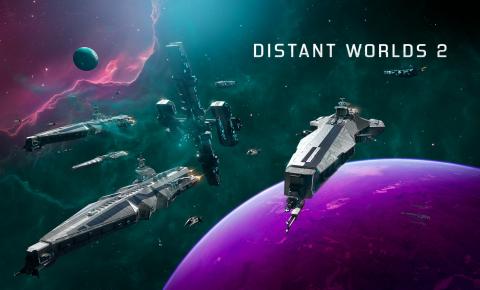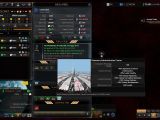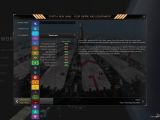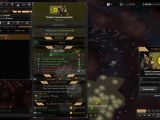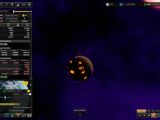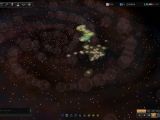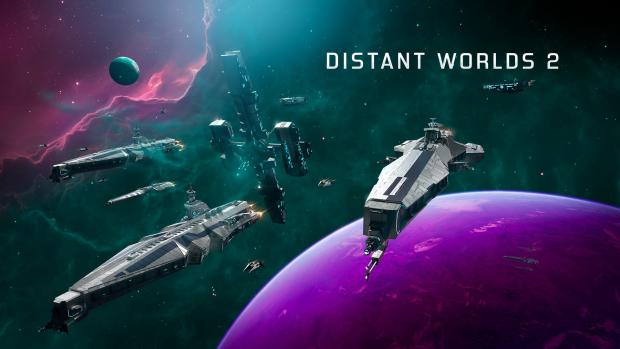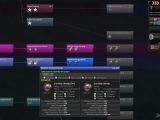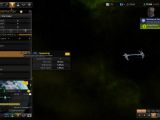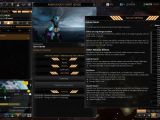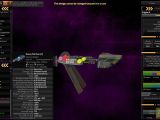The Ackdarian Technocracy is doing good right now, but the future might be bleak. My four core worlds are developing well, with two more solid colonization locations scouted, with ships in the pipeline. The three pirate factions that are close seem content with getting payments. But the Mortalen are close by, which is almost a guarantee that a war is coming. And my research has so far been focused on theory and expansion. It’s time to switch to more military applications, try my hand at the starship editor, and then turn off automation for production to try and create a few fleets that can protect my space.
Distant Worlds 2 was developed by Code Force and is published by Slitherine. I played on the PC using Steam. This is a space-focused strategy title that is focused on giving players the freedom to engage with the mechanics that they love as they built their ideal galactic civilization.
There’s no core campaign, although the seven featured races are varied. Each features special victory conditions and event chains. There’s a lot of writing here, designed to convey information rather than entertain. Make sure to check the in-game encyclopedia anytime something seems unclear.
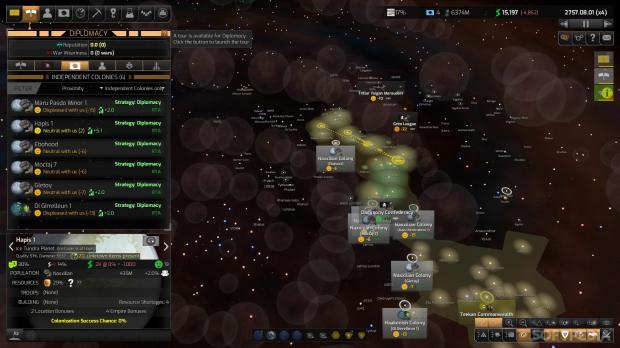


Mechanically, Distant Worlds 2 is a 4X, a fairly classical one at that. The unique selling proposition is the layers of depth it offers. A whole economic system is handled by private actors, moving in the background. Gamers will control everything from planet development to ship design, from scientific advances to fleet composition and duty.
One of the biggest ideas the game emphasizes is control. A player who wants to look at every detail and make every decision can do so, spending time and energy to engage with the systems and build the most efficient civilization. Someone who wants to focus on exploration can lead his science ships, leaving taxation and planet development to the computer, with a relative efficiency drop.
I delegate much of the economy and the ship design, and I don’t feel like I am missing out on anything (I do adjust tax rates). I am plenty occupied with diplomacy and research, as well as the occasional foray into espionage. Exploration and keeping pirates at bay (just pay them) are the most important activities in the early game. Nebulae create chokepoints (which feels weird for a space-based game) and, coupled with planet quality, will define prime expansion spaces. Once the player meets another civilization or two a race for prime space real estate starts, especially if the rivals are aggressive. This is the part of the experience I love best.
Developing a strong economy is a big task and becomes a priority as soon as you have 2 or 3 worlds to work with. There are too many resources in the game to keep full track of so focus on what’s urgent. Automate as much of this as you feel comfortable with while learning what you need to manually work on.
The late game, with its increased number of attention sinks, is less engaging. I paused often to deal with the many incoming choices and messages. And at least one of the computer-controlled empires always seem to have a military edge I fail to deal with.
The big question for potential Distant Worlds 2 players is whether they saw potential in the first entry in the series. I only played it for 10 hours, but I understood how good it could be. This second installment updates and improves everything that seemed promising back then. I plan to give it time to learn how to master systems. But for a newcomer, the game can be inscrutable, with little reason offered to dig deep and understand what it offers.
Distant Worlds 2 offers a good-looking galaxy to play around in while also striving to deliver a clean user interface. If you ignore the constant threats from opposing races and space itself, the galaxy can be beautiful to simply look at. Even better, players can quickly get to the info and the choices that they are focused on, although the interface gets some getting used to. Unfortunately, the presentation is not enhanced by the uninteresting sound design and the soundtrack that does not fit the theme.
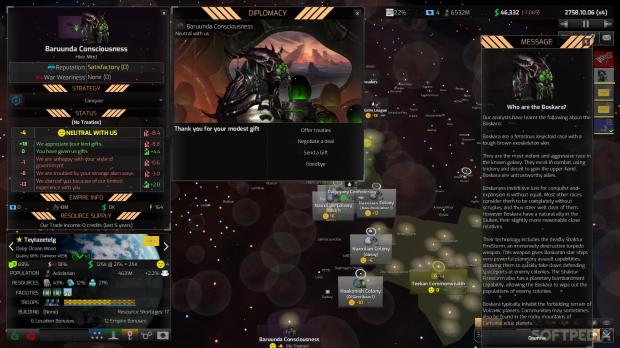
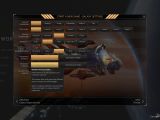
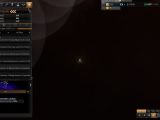
The Good
- Deep simulation
- 4X mechanics
- Automation options
The Bad
- Limited narrative
- Some obscure mechanics
- Dull soundtrack
Conclusion
But before anyone jumps into Distant Worlds 2, they should set aside time and patience. Make extensive use of the in-game help, read forums if you need to, delegate a lot at first, and only engage with what you like. Code Force has delivered a solid strategy package, which means updates and DLC can only improve it and add accessibility and fun.
Review code provided by the publisher.
 14 DAY TRIAL //
14 DAY TRIAL // 